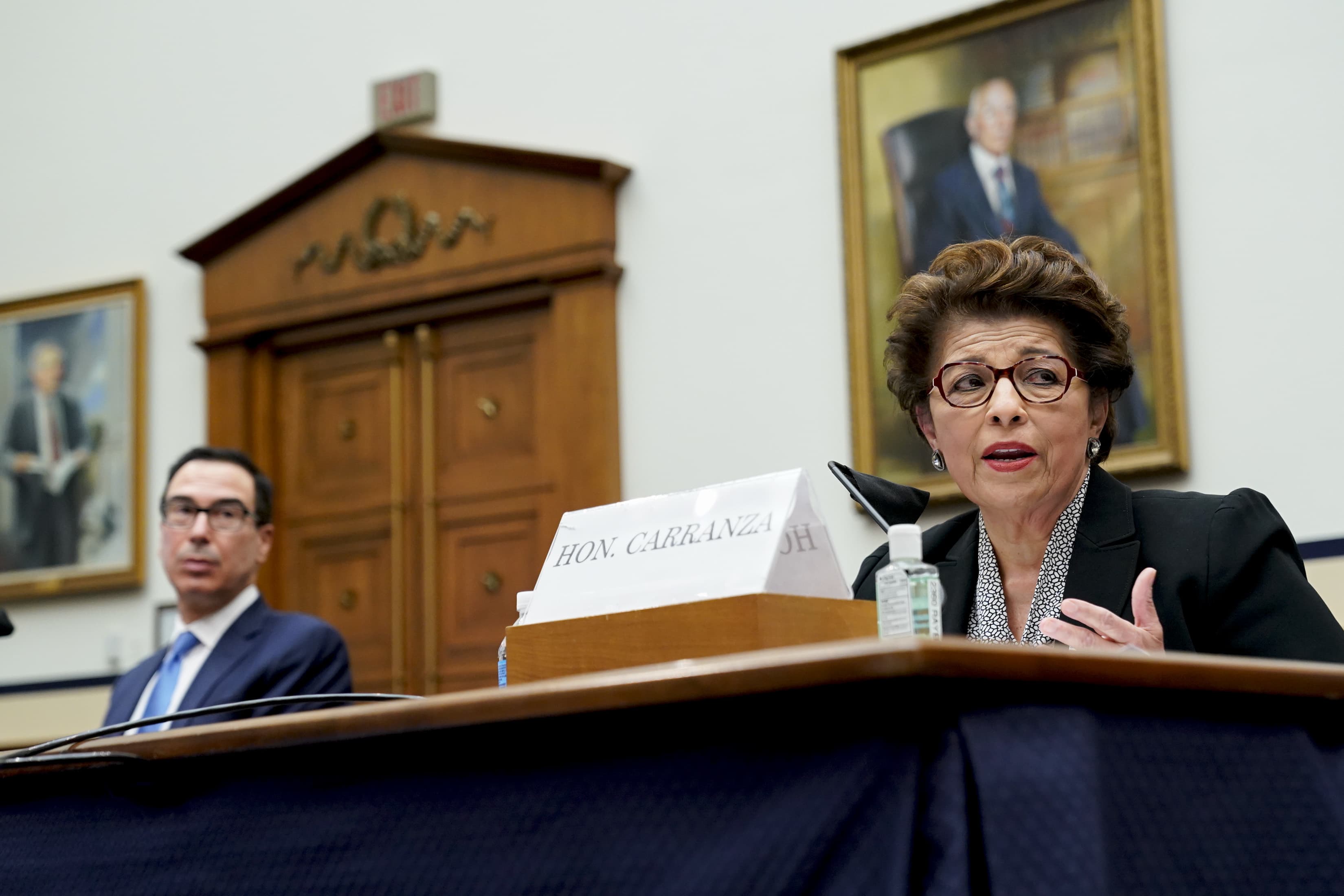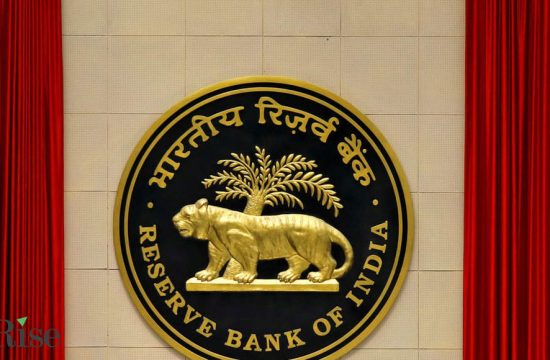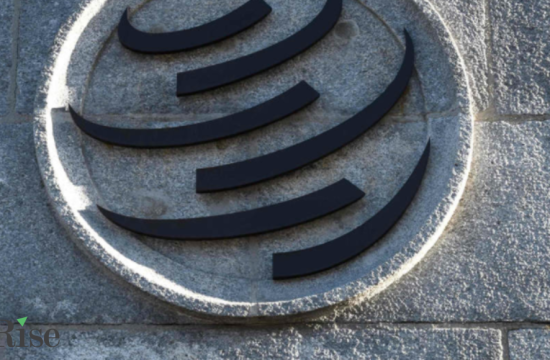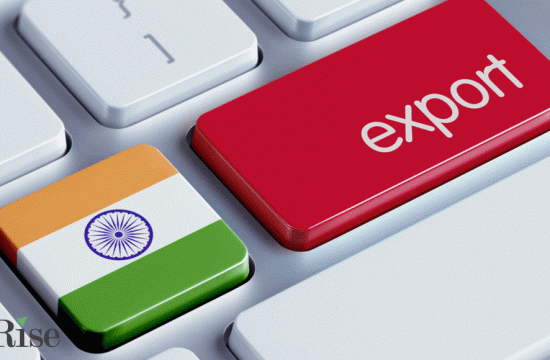
Jovita Carranza, administrator of the U.S. Small Business Administration, speaks as Steven Mnuchin, U.S. Treasury secretary, listens at a House Small Business Committee hearing in Washington, D.C.
Erin Scott | Getty Images
The federal government is about to turn off the tap on its supply of forgivable loans for small businesses.
Saturday, Aug. 8 is the last day for entrepreneurs to apply for a Paycheck Protection Program loan.
Since it opened on April 3 via the CARES Act, more than 5 million loans to small businesses have been approved, adding up to $ 521.7 billion, according to Aug. 3 data from the Small Business Administration.
Entrepreneurs have been attracted to the program, as the loans are forgivable if borrowers spend at least 60% of the proceeds on payroll expenses. Those who miss the threshold may be eligible for partial forgiveness.
More from Your Money, Your Future:
Pros and cons of using Roth IRA to fund home purchase
Here are the hidden benefits of a Roth IRA conversion
How to pay off student loans while saving for retirement
Even if the loan must be repaid, the terms are attractive. Borrowers are subject to an interest rate of 1%, and there’s a six-month grace period before repayment begins.
Loans that were issued prior to June 5 must be repaid in two years. Those issued after that date have a maturity of five years.
“Some businesses may have not been impacted at the beginning of the pandemic and have held on, but as things dragged on, they’re starting to hurt,” said Edward S. Karl, CPA and vice president-taxation at the American Institute of CPAs.
“Not only are these favorable loan terms, but the big thing is that, under many circumstances, the business can apply for and get loan forgiveness.”
Those who wait too long might miss out.
“The main hurdle now is finding lenders who are willing and able to take applications,” said Albert Campo, CPA and managing partner at AJC Accounting Services in Manalapan, New Jersey.
“We don’t know what the next couple of months will be like with potential shutdowns,” he said. “If the banks won’t lend at the end of the day, it’ll be very hard for many small businesses to survive going forward.”
Here’s what you should know if you’re preparing to apply with only days to go.
Gather your paperwork
Phynart Studio | Getty Images
If you filed your 2019 income tax return by July 15, you should already have the supporting documents your lender will require.
It might be more complicated if you went on extension and put off your taxes until Oct. 15.
The net income you report on the loan application should match the figures on your 2019 tax return, said Sheneya Wilson, CPA and founder of Fola Financial in New York.
A mismatch between those figures could flag your application for fraud, she said.
Covid-19 shows how exposed these small businesses are, and so we figure out how to take advantage of the loans and programs available.
Sheneya Wilson
CPA and founder of Fola Financial
Indeed, a Florida man allegedly misappropriated close to $ 4 billion in PPP funds and used about $ 318,000 to buy a Lamborghini, according to the Justice Department.
Expect lenders to ask for the following:
- Completed income tax returns for 2019, including Schedule C if you’re an independent contractor or self-employed.
- Invoices, bank statements, or a book of record that shows you’re self-employed and in operation on or around Feb. 15, 2020.
- Form 1099-MISC if you’re an independent contractor. This details compensation you’ve received.
- Bank statements that show income paid to you.
- If you have employees, submit Forms 941 and 940, which show Social Security and Medicare taxes withheld and payments toward unemployment, respectively.
- Proof of health-care and retirement plan contributions.
Watch your budget
Though the SBA continues to release details on forgiveness via frequently asked questions, the general guidelines call for entrepreneurs to earmark at least 60% of their funding for payroll to obtain forgiveness.
“At that point, you’re planning on how to use the funds to maximize your forgiveness eligibility,” said Campo.
What that might entail will be nuanced based on the kind of business it is. Business owners in locales with high rents might devote a sizable portion of their proceeds toward those expenses.
Firms also need to keep a close eye on their budgets, especially as state regulations may require them to operate at reduced capacity due to the pandemic.
Indeed, many PPP borrowers are facing the fact that they’re out of funding as Covid-19 continues to hurt their revenues.
“Can you cover your costs at this point?” asked Campo. “Are you going to keep the costs where they were pre-coronavirus and absorb the hit?
“Do you have enough liquidity to cover your costs and hope in the next four to five months we have a vaccine?”
Tracking forgiveness
The SBA is supposed to begin processing forgiveness applications from lenders on Aug. 10, but the date may be in flux as Congress hashes out the next stage of coronavirus relief.
“Even some lending institutions aren’t taking forgiveness applications yet,” said Wilson.
While there’s no predicting how lawmakers may proceed, borrowers can take steps to make the forgiveness process less painful.
If you’re just now receiving PPP funding, consider keeping those dollars in a separate business banking account. Document the ways you use the funding, and keep formal books and records, CPAs said.
This is also a good time to think about tax planning for your business going forward.
“Covid-19 shows how exposed these small businesses are, and so we figure out how to take advantage of the loans and programs available,” said Wilson. “We also assess our business operations so that next time we won’t be as severely impacted.”









